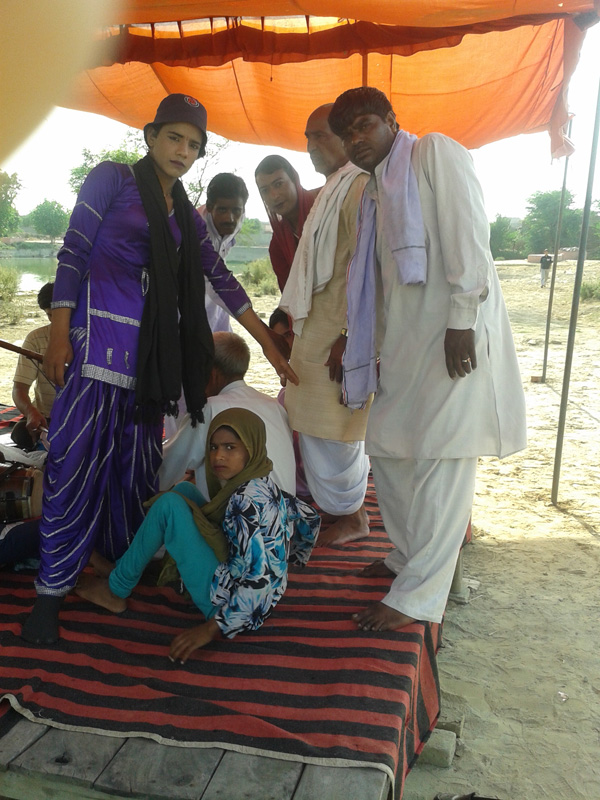Ratnakar Tripathy




Grant Period: Over one year
This grant supports Ratnakar Tripathy to write a monograph-length essay on Sang-Ragini, a signature tradition of Haryana. The research will map out the linkages between the Delhi and Haryana music industry hubs, tracing production, modes of distribution, and the spread and growth of the market within Haryana. The broader objective of the project is to analyse the relationships between new industry and traditional forms, including those that have been thus far neglected by the industry. The research aims to also examine the nature of audience, the social sources backing the rise of the vernacular Live Concert-CD-VCD industry, the local star system with reference to traditional folk legends, attempting to understand, in the process, the trends and musical preferences over the years in Haryana.
Sang is to Haryana what Tamasha is to Maharashtra. The modern Sang form has been traced to Kisanlal Bhat (1730-80), who developed a very simple narrative style, accompanied with dance and movements. In the 19th century Sang reached a high point under Alibaksh who based it on classical melodies around Rewari and Mewat. But the real popularity of the form is attributed to Deepchand and Lakhichand who are also called the ‘Shakespeares of Haryana’. Dhanpat Singh and Ramkisan Vyas are among those who continued the tradition till the late 20th century. With the advent of cassette culture and the domination of the digital later, the themes/presentational modes of Sang-Ragini have been transformed. The key question arising out of this environment is how are the impact of these changes reconstructing a traditional art form?
The research aims to find the answers to the above question through open ended conversations with professionals from the field - singers, lyricists, audition and recording agents, musicians, composers, arrangers, mixers, recordists, studio owners, producers, distributors, retailers, and renters. The vernacular music industry in Delhi will be the triggering point of the project. Ratnakar will spend a month in Delhi at the beginning of the project when he will locate the main hubs within Haryana and then make three field trips of 45-60 days each to Haryana. He will also use this time to map the various dialects that come into play in the work. The last three months of the grant period will be devoted to the analysis of data and report writing.
Ratnakar intends to make presentations on the subject in Patna, Delhi, and Haryana. A monograph-length paper will be produced and published in a reputed journal with the possibility of finding a place in a book on the Hindi heartland later on. He also plans to write shorter articles for professional journals, the media, and websites.
